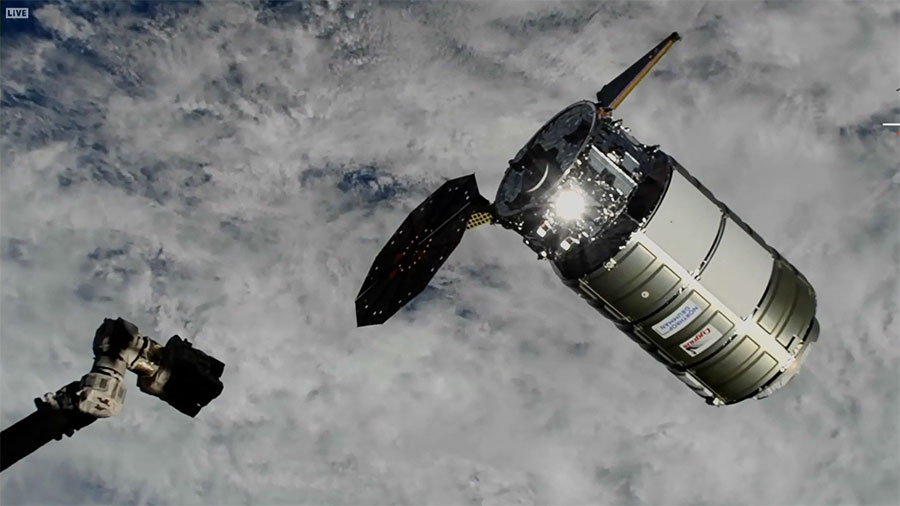
Northrop Grumman recently completed the final launch of its Cygnus spacecraft on the Antares rocket, marking a temporary hiatus until they return in a few years with an upgraded rocket and Cygnus spacecraft, as announced by the company.
Upgraded Cygnus for an upgraded Antares
Scheduled for a debut no earlier than 2025, Northrop Grumman and Firefly will unveil the Antares 330 rocket, replacing the now-retired Antares 220+ rocket that recently had its final launch.
Initially developed as both a commercial launch provider and a ride for Northrop Grumman’s Cygnus spacecraft, similar to SpaceX’s Falcon 9 and Dragon, the Antares rocket did not gain the same commercial launch traction as the Falcon 9. Consequently, its primary function has been to deliver cargo to the International Space Station (ISS) for the past decade.
Cygnus has proven to be as reliable as SpaceX’s Dragon in delivering cargo to the ISS, and the company plans to enhance its capabilities to ensure continued success in the future.
Rick Mastracchio, director of strategy and business development at Northrop Grumman Space Systems, stated, “We’re looking at what we have to do with the Cygnus spacecraft, what we have to do with the services that it provides. We’re trying to prepare and think way ahead on how do we start updating the vehicle, making sure we have a spacecraft that will be flying 10 years from now, 20 years from now.”
Among the upgrade plans is an increase in cargo capacity from 3,750 kg to 5,000 kg, exceeding SpaceX’s capabilities and matching Dragon 2’s ability to dock with the ISS. Currently, Cygnus is berthed to the station using the Canadarm2, a feature available on the ISS but potentially not on future commercial space stations.
Building the new Cygnus for a larger commercial market
While Northrop has a contract to fulfill orders from NASA with Cygnus, the company is also considering the future of commercial Low Earth Orbit (LEO) space stations. Several companies, including Sierra Space, Vast, and Axiom, are planning to operate their own stations in the near future, many of which are already exploring partnerships with SpaceX for crew and cargo solutions. Northrop aims to remain involved in these developments.
A significant modification that Cygnus might need, is the removal of the common berthing port and the adoption of the international docking adapter used by SpaceX and Boeing on their vehicles. This standardized port design allows for compatibility between spacecraft and space stations.
The first upgraded Cygnus is expected to debut on the Antares 330 variant of the rocket, with the maiden flight scheduled for no earlier than 2025. In the meantime, the current Cygnus spacecraft will make its way to the ISS aboard SpaceX’s Falcon 9.
FTC: We use income earning auto affiliate links. More.

Comments